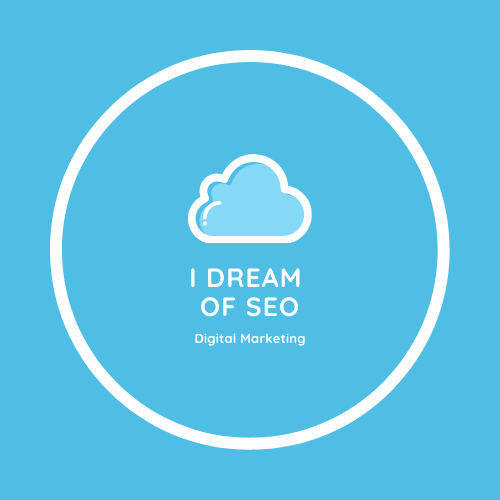Your Ads Aren’t Showing
Adwords Optimization & Keyword Diagnosis
A lot goes into launching and optimizing an Adwords campaign. We conduct extensive keyword research and build large lists, test ad copy, optimize landing pages and customize our settings to create highly targeted campaigns.
In addition to keyword research, SEM or PPC optimization requires the building of negative keyword lists. Campaign managers will add industry specific negative keywords – as well as – internal lists built upon previously searched terms and campaign data.
We all know that once you add a negative keyword to an ad group or campaign your ad won’t show for that term. This helps reduce wasted ad spend on terms that aren’t highly relevant. But did you know that adding broad or phrase match negative keywords to your list can actually hurt your campaigns?
Let’s say I own a flower shop and want to advertise my floral delivery services during Valentine’s Day. I earn the most revenue during this quarter, so it’s very important that my ads show.
I’m bidding on terms like “floral delivery” and “Valentine’s Day flowers” but I don’t want to show for terms like “floral delivery reviews” or “types of Valentine’s Day flowers.” To save myself wasted ad spend I add these terms to my negative keyword list, thinking that I’ll prevent related terms from triggering my ads and decreasing wasted spend.
Unfortunately, if you were to add these terms to your negative keyword list you would be preventing your ads from showing for terms you are bidding on (floral delivery, Valentine’s Day flowers) because your negative keywords contain your targeted keywords.
It’s easy to prevent this from happening if you:
- Make sure to add the exact match versions of your keywords instead of broad or phrase match.
- When adding the broad or phrase match of a keyword make sure NONE of the terms can be found in your keyword list. Ex: adding the broad match version of the word ‘review’ could prevent the phrase ‘floral delivery review’ from triggering your ads.
- Use the Adwords keyword diagnosis tool to identify whether or not your keywords are triggering ads.
The keyword diagnosis tool is a great tool for Adwords marketers. You can determine if your ads are showing, and what may be preventing them from showing. There are a variety of factors that could be preventing your ads from triggering, including your location and schedule settings.
To use this tool log into your Adwords account, click on the keywords tab, then on “Details”. There you’ll be able to click on “keyword diagnosis” and get your results.
Use the keyword diagnosis tool often to make sure your ads are showing when you need them to, and stop missing out on potential leads or sales.
To get more Adwords tips or to learn about our SEM services visit http://www.idreamofseo.com.



